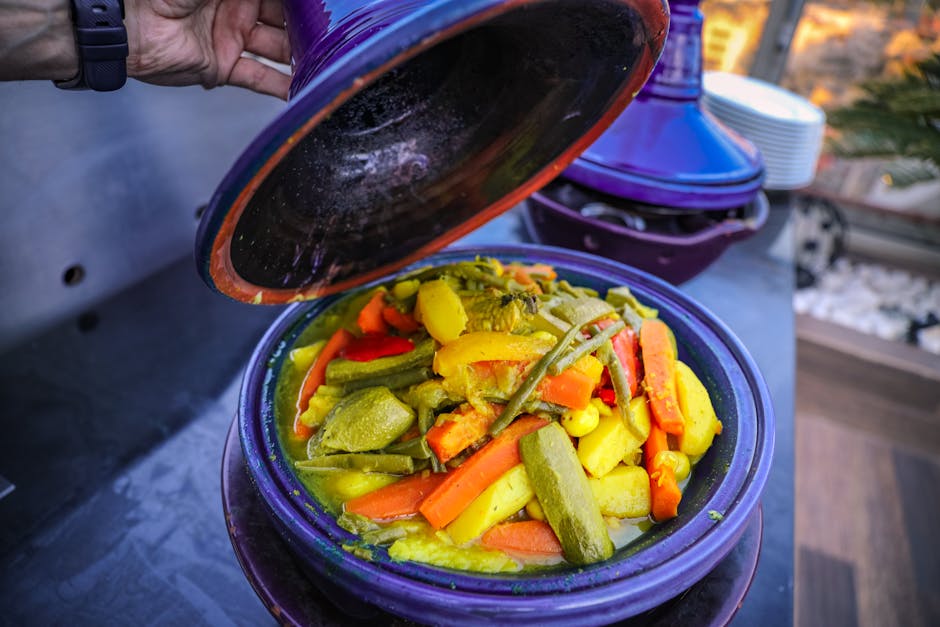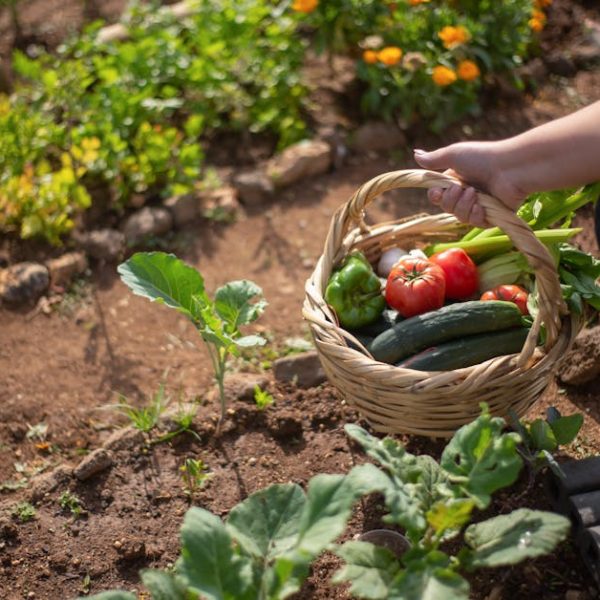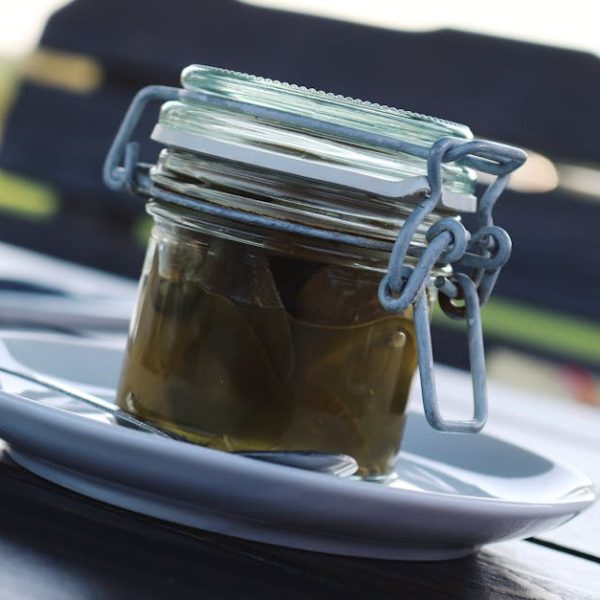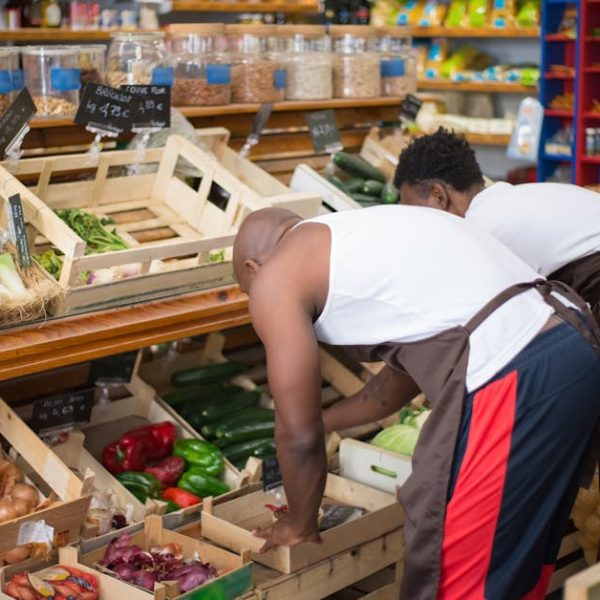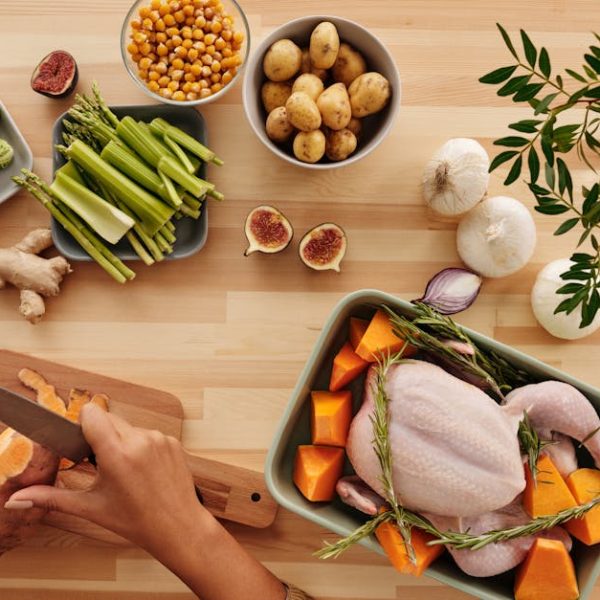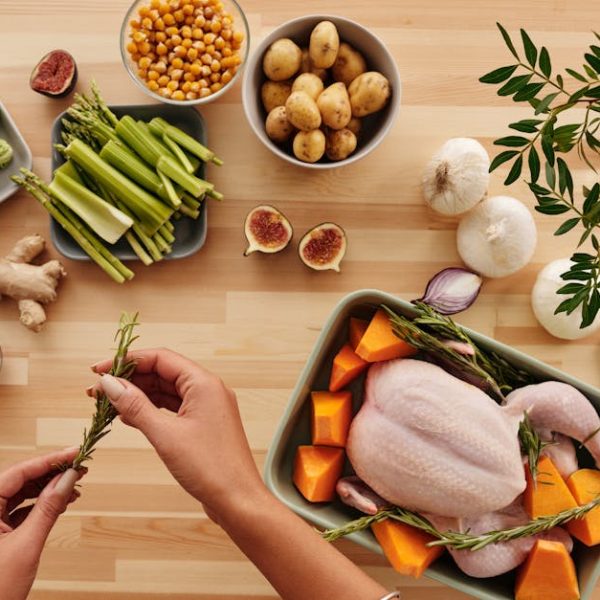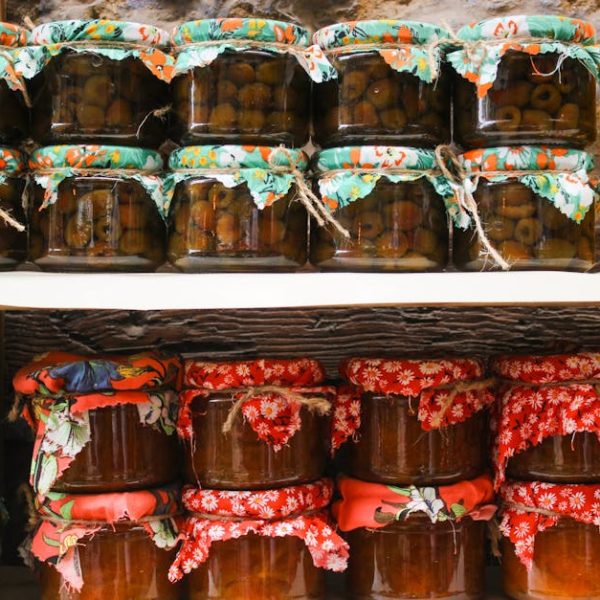From timeless world cuisines to your grandmother’s secret recipes, pickling has become a go-to way of preserving various foods for centuries. And green beans? They make an excellent choice for pickling because of their firm, crunchy nature. Their size and shape also lend them perfectly to packing into jars.
The basics of pickling green beans start with a few must-have ingredients and tools:
- Fresh green beans
- Vinegar (like white or apple cider)
- Salt and Sugar
- Spices
- Pickling jars with lids
- A large pot for boiling
Best Practice: Remember to wash the green beans thoroughly to remove any dirt or grime. You’ll also want to top and tail the beans, although you can leave them whole for a more rustic look.
Method 1: Traditional Dill Pickled Green Beans
If you’re a fan of classic dill pickles, then this first method is perfect for you. It incorporates the dill weed and dill seeds, resulting in a flavor that’s both robust yet familiar.
Checklist for Traditional Dill Pickled Green Beans:
- Preparing the jars: sterilize by boiling them in a large pot.
- Combine water, vinegar, and pickling salt in a saucepan. Bring to boil.
- In each jar, place 1 clove of garlic, dried dill, and dill seeds.
- Add green beans till the jar is full.
- Pour the boiling brine into the jars, leaving about 1/4 inch of headspace. Ensure the beans are fully submerged.
- Wipe the rims, place the lids on the jars and tighten.
- Process jars in a water bath for 10 minutes.
When compared to the other methods here, this one stands out for the classic dill flavor that it imparts – a beloved taste that most of us are familiar with from our favorite dill pickle brands.
Method 2: Pickling Green Beans with Garlic and Spice
If you’re adventurous in the kitchen and enjoy spicing things up with bold flavors, then pickling green beans with garlic and spices is worth giving a shot. It’s all about balancing the spicy notes with the vinegary tang of pickling.
Pro Tip: Feel free to experiment with variety of spices! Add in more chilis for a kick, or mix in coriander seeds for a more complex flavor profile.
Checklist for Pickling Green Beans with Garlic and Spice:
- Follow the basic steps from Method 1.
- Along with dill and garlic in your jars, add in your mix of spices. This could include whole peppercorns, red chili flakes, or even bay leaves.
- Pour the boiling brine into the jars and proceed as above.
Method 3: Quick Pickled Green Beans
Sometimes, the pickling process seems daunting because of time constraints. That’s when the quick pickling method comes to the rescue! Now, while this method is indeed faster, it’s important to note a potential downside: these beans don’t keep as long as traditionally pickled ones. Nonetheless, this slight trade-off can be worth it for those in a pinch for time.
Material and Ingredients:
- Green beans
- Vinegar
- Salt
- Spices
- Garlic
- Jars with lids
Do keep in mind to consume these far quicker than you would with beans preserved using other methods, as they’ll begin to lose their crunch after 1 to 2 weeks.
Understanding the Basics of Pickling Green Beans
Pickling, a method of preserving, marinating, and enhancing foods, finds its roots in ancient civilizations. Originally used as a method for preservation, pickling green beans ensures this vibrant vegetable can be savored year-round, adding a crisp, tangy element to your meals. Green beans are an excellent pickling choice due to their firm texture and ability to adopt brilliant flavors.
Essential ingredients for pickling green beans include:
- Fresh green beans
- Vinegar (Apple cider/ white/distilled)
- Water
- Salt
- Various herbs and spices, depending on your flavor preference
Key tools needed for this process are glass jars with lids, a large pot for boiling, and tongs.
Best Practices:
- Always wash the beans thoroughly to remove dirt or pesticides.
- Make sure your jars are sterile to prevent contamination.
- Keep the vinegar-water-salt ratios consistent for balanced pickling.
Method 1: Traditional Dill Pickled Green Beans
This time-tested method leverages the earthy flavors of dill to offer a familiar yet exciting taste.
Checklist:
- Arrange green beans, garlic, and dill in sterile jars.
- Boil vinegar, water, and salt to make a brine and pour into jars.
- Seal and process in a water bath for 10 minutes.
- Allow to rest for 2 weeks for flavors to develop.
In comparison to other methods, this traditional method requires a bit more patience and rewards you with a classic, well-rounded flavor.
Method 2: Pickling Green Beans with Garlic and Spice
This method introduces a punchy blend of garlic, chili, and spices that complement the green beans’ mild flavor.
Pro Tip: Feel free to modify the spice blend to match your heat tolerance.
Checklist:
- Begin similar to method 1 but add your choice of spices.
- Allow flavors to marinate for at least 24 hours before consuming.
Method 3: Quick Pickled Green Beans
If you are short on time, this method is perfect, delivering flavorful pickled beans within hours rather than weeks.
Pros and cons:
- Quick preparation but less flavor complexity and shorter shelf-life.
Materials required include all ingredients from method 1, but with the addition of sugar for an accelerated pickling effect.
Method 4: Sweet and Sour Pickled Green Beans
By balancing sweet and sour notes, this variant provides a satisfying contrast that pairs well with various dishes.
As compared to the traditional dill pickles, these offer a more dynamic flavor profile.
Best Practices:
- Maintain a robust balance of vinegar (sour) and sugar (sweet).
- Taste the brine before pouring it over the beans to ensure balance.
Method 5: Pickling Green Beans with Vinegar and Salt Only
A simple method using only vinegar and salt, providing pure, unaltered pickled green beans flavor.
Checklist:
- Use 2 parts vinegar to 1 part water and season liberally with salt.
- Follow the boiling and jarring procedures outlined in method 1.
Pros and Cons:
- Pros: Simplicity and clean flavors.
- Cons: Lack of flavor variety and complexity.
Beyond the Basics: Creative Twists on Pickling Green Beans
Ready to venture into uncharted territory? Different spices, herbs, and preparation methods can lead to tantalizing results.
Consider introducing these flavors:
- Turmeric for a warm, earthy flavor
- Cumin for a smoky touch
- Mustard seeds for a tangy twist
Pro Tip: Always ensure your basic vinegar-water-salt balance remains constant even while experimenting with new flavors.
Key Takeaway:
- Pickling is an ancient method of food preservation that enhances flavor and allows you to enjoy produce like green beans year-round.
- Dill pickled green beans, garlic-spiced pickles, quick pickles, sweet and sour pickles, and vinegar and salt pickles are some easy methods to start with.
- A balance of vinegar, water, and salt is key to successful pickling.
- Experiments with different spices can introduce unique flavors to your pickles.
- Quick pickled beans are faster but don’t last as long as tradition pickles.
Stretch your creativity and step out of your comfort zone! With the methods enumerated, you can create a variety of pickled green beans that will delight your palate. Though pickling may seem daunting, remember that with a little patience and practice, you can master these techniques and make your own unique creations.
FAQs
Q: Can I use frozen green beans for pickling?
A: It’s recommended to use fresh green beans for pickling to maintain the crispness and flavor. Frozen green beans can become mushy once pickled.
Q: Do I have to use dill for pickling green beans?
A: Not at all. While dill is a popular choice, you can experiment with other herbs and spices as per your liking.
Q: How long do pickled green beans last?
A: If properly canned and stored in a cool, dark place, pickled green beans can last up to a year.
Q: Can I reuse the brine for multiple batches?
A: Reusing brine is not recommended since it can dilute the acidity level needed to safely preserve the beans.
Q: When is the best season for pickling green beans?
A: Green beans can be pickled any time they’re available, but they’re usually in peak season during summer and early fall.
Feel free to share this article and explore more exciting food preservation techniques on our page!
